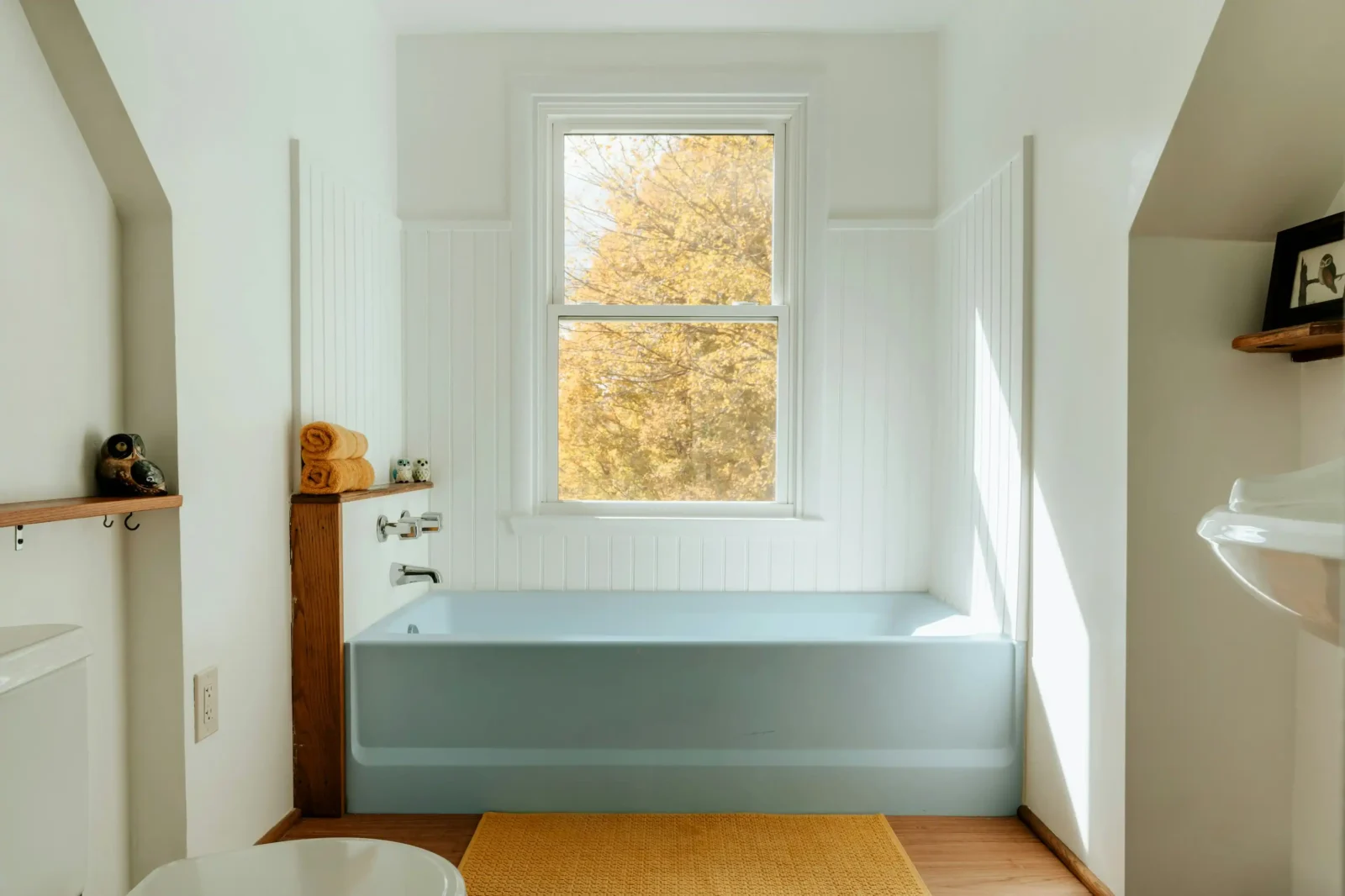- Home
- Articles
- Architectural Portfolio
- Architectral Presentation
- Inspirational Stories
- Architecture News
- Visualization
- BIM Industry
- Facade Design
- Parametric Design
- Career
- Landscape Architecture
- Construction
- Artificial Intelligence
- Sketching
- Design Softwares
- Diagrams
- Writing
- Architectural Tips
- Sustainability
- Courses
- Concept
- Technology
- History & Heritage
- Future of Architecture
- Guides & How-To
- Art & Culture
- Projects
- Interior Design
- Competitions
- Jobs
- Store
- Tools
- More
- Home
- Articles
- Architectural Portfolio
- Architectral Presentation
- Inspirational Stories
- Architecture News
- Visualization
- BIM Industry
- Facade Design
- Parametric Design
- Career
- Landscape Architecture
- Construction
- Artificial Intelligence
- Sketching
- Design Softwares
- Diagrams
- Writing
- Architectural Tips
- Sustainability
- Courses
- Concept
- Technology
- History & Heritage
- Future of Architecture
- Guides & How-To
- Art & Culture
- Projects
- Interior Design
- Competitions
- Jobs
- Store
- Tools
- More
Chronicle of Higher Education Architecture and Design Programs

In the wide scope of higher education, architecture, and design programs distinguish themselves for their fusion of creativity, technical skill, and conceptual knowledge. These programs are essential in influencing the minds and aptitudes of upcoming architects and designers, who will go on to delineate the horizons of cities and the areas within which we inhabit and communicate. This article investigates the state of architecture and design education, drawing attention to central programs, groundbreaking projects, and the junction of business education with architectural instruction.
Table of Contents
ToggleThe Evolution of Architecture and Design Education
Architecture and design education has consistently adjusted to respond to the shifting requirements of the occupation and society. From classical drafting techniques to state-of-the-art digital modeling software, educational programs have progressed to ensure that students are competent in present-day practices and mindset in design and architecture.
A Commitment to Alleviating Stress
For numerous students, studying for a degree in architecture or design is both invigorating and taxing. Acknowledging the difficulties of strict academic expectations, writing services like EssayPay offer assistance to relieve the burden where you can easily pay for an essay at the last minute and be relaxed. The homepage of EssayPay welcomes you with a commitment to alleviate your sleepless nights, providing assistance with academic assignments to allow students to focus on their design and architecture projects with a clearer mind and better time management.
Core Components of Architecture and Design Programs
Design Program in Architecture
The backbone of any architecture education is its design program. These programs are meticulously crafted to teach students the principles of space, form, and structure. Courses range from basic design studios to advanced workshops where students tackle complex problems, often mirroring real-world scenarios. These programs not only emphasize creativity and innovation but also instill a deep understanding of sustainability, user needs, and social context.
MBA in Architecture
A rising trend in architecture education is the fusion of business administration with architectural proficiency. An MBA in Architecture presents an exceptional fusion of design sensibility and business savvy, preparing graduates to handle their enterprises or oversee projects within huge corporations. This multidisciplinary method endows learners with the skills to guide the intricacies of the construction sector, from project supervision to financial management, enhancing their resilience and competitiveness in the job market.

Innovative Projects in Architecture Education
Architecture Projects for Students
Hands-on projects form the core of learning in architecture and design programs. They stimulate students to exploit their theoretical understanding in practice, ranging from the creation of residential complexes to entanglement in city planning projects. Through attendance in these projects, students explore a variety of materials, technologies, and design concepts, attaining valuable skills that prepare them for forthcoming professional careers.
Design Projects for Students
Similarly, design projects offer students in design programs the opportunity to delve into various aspects of visual and functional aesthetics. These projects can range from product planning to interactive media, motivating students to examine their creativity and analytical skills. Through critiques and exhibitions, learners gather feedback from classmates and educators, nurturing an environment of constant advancement and innovation.
Bridging Theory and Practice
One of the characteristics of quality architecture and design programs is their capacity to connect theory and practice. Through cooperation with industries, internships, and real-life project instructions, students acquire familiarity with the realities of the profession. These experiences not only augment their learning but also deliver valuable networking openings and insights into potential career trajectories.
Collaboration and Interdisciplinarity
In higher education, there is now an increasing emphasis on the interaction between the architectural and design fields. By working together on projects, students from different majors can gain insights from one another, leading to more complete and pioneering solutions. This associative approach prepares students for common professional experiences where architects, designers, engineers, and customers work together to turn their ideas into reality.
Looking to the Future
As the fields of architecture and design evolve, educational programs need to progress to adapt to these changes. Future routes may include a stronger focal point on sustainable design, the application of digital technology in manufacturing, and the integration of artificial intelligence into the design process. Additionally, as societal needs alter, programs will need to address concerns such as reasonably priced housing, urban flexibility, and the design of universal spaces.

The Role of Technology
The function of technology in architecture and design education is incredibly important. From virtual reality tools that allow learners to explore their designs in detail, to sophisticated energy modeling software, technology is becoming a vital tool in the arsenal of modern architects and designers. The challenge for educators is not only to teach these technologies but also to develop critical thinking about when and how best to use them.
Conclusion
Scholastic programs in architecture and design are not only academic studies. They are the breeding ground for future professionals who will influence our environment. Through a comprehensive approach that includes rigorous preparation, groundbreaking projects, and a mixture of theory and practice, these programs train students for the obstacles and chances of architecture and design work. Aided by writing services, students can traverse their intellectual journey with reduced stress, supplying them with the vitality and concentration needed to devote themselves to design and architecture. As this field develops, so does the education that promotes it, preparing learners not only to respond to transformation but also to manage it.
illustrarch is your daily dose of architecture. Leading community designed for all lovers of illustration and #drawing.
Submit your architectural projects
Follow these steps for submission your project. Submission FormLatest Posts
How to Choose the Right HVAC Installation Service
A quiet mechanical system starts with sound choices before any equipment arrives....
10 German Kitchen Ideas to Inspire a Sleek and Functional Modern Home
German kitchens are renowned worldwide for their innovative designs, exceptional quality, and...
Gift Ideas for Architects and Designers: Useful, Beautiful Picks They’ll Actually Love
Gift ideas for architects and designers: curated, use-in-studio picks by budget and...
How to Use the Golden Ratio for a Balanced Kitchen Remodel
Have you ever seen a kitchen and it just looked right to...











Leave a comment